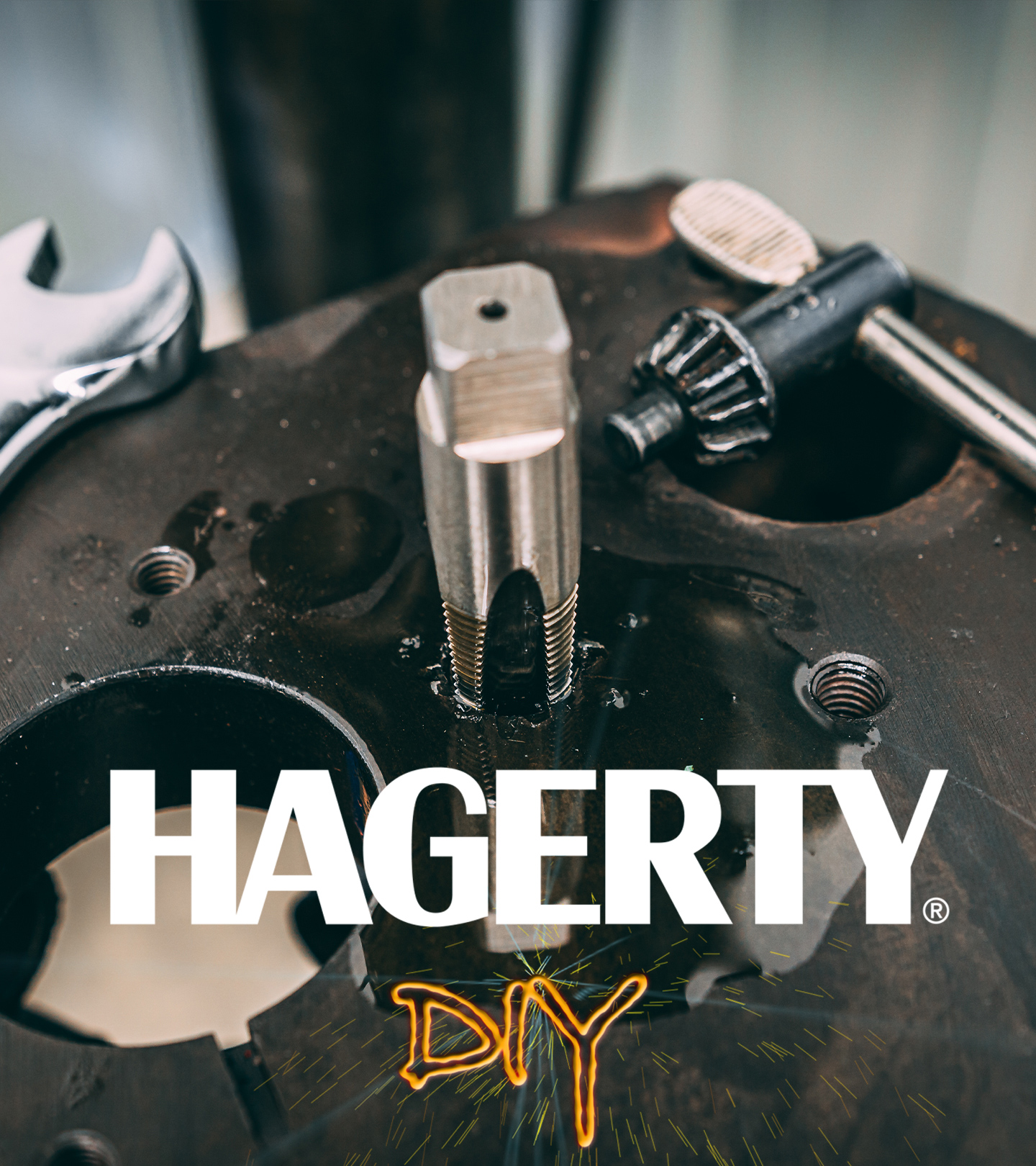Enjoy Season 4 stories, opinion, and features from across the car world - Hagerty Media
New year, new projects right? Well, sort of, at least for Davin and the Redline Rebuild crew. Last year was a bit of a debacle, given how the Buick straight-eight progressed (and regressed at times) but all that is behind us. Now the focus is on tackling some things left undone from 2020, while also crossing off some checklist items for 2021.
The first item under consideration is the ’37 Ford race car. The Chrysler 440 block is hung in the chassis now, but a bare block is not going to push this car through laps at a dirt track. Davin is going to get cracking on that engine and kick off the rest of the fabrication to get that car track-ready. He says it will be doing laps this year, which is a big goal, but if anyone is going to knock that project out of the park in that timeline it’s him.
Next on the roster is a new addition to the garage. So many motorcycle riders started their two-wheeled addiction onboard a Honda Trail 70 just like the orange 1973 model that recently came into our care. It’s in good shape cosmetically, but pretty sad shape mechanically. A full teardown and rebuild is in its future—and likely some trail miles, too.
The traditional Redline Rebuild viewers will be pleased to hear at least one future project is an engine, and an interesting one at that. Hagerty has a 1957 Cadillac four-door that has been a part of the company collection for decades, and it is is well deserving of a refresh. Davin will be taking on the engine while another team will be handling the body and other mechanical parts.
Lastly, our 1946 Ford pickup will be getting a T5 transmission to replace the original three-speed. Davin already started on this project, but like any big swap, it hasn’t been without its challenges. None of these hurdles can’t be jumped, of course, but the process takes a little time. Getting it right the first time is priority number one.
All of this will, of course, be thoroughly documented with weekly updates and also larger feature videos. If you want to see the work done and also how we do it, be sure to subscribe to the Hagerty Youtube channel.










